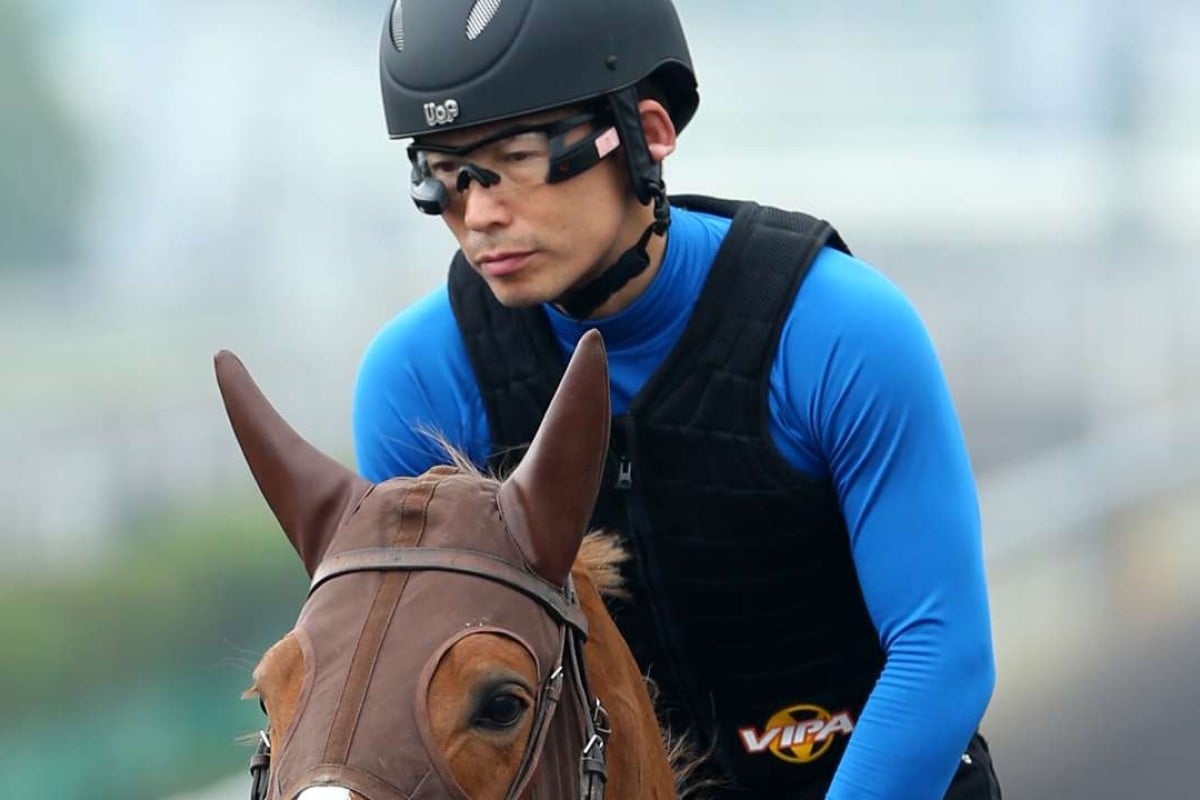Embracing and employing the newest technology is to the Japanese what barbecues in summer are to Australians – it’s ingrained in their cultural DNA.
And master trainer Noriyuki Hori didn’t reach the top by letting the grass grow under his feet so it’s no surprise to see him using leading edge technology to take his leading Audemars Piguet Queen Elizabeth II Cup aspirant, Neorealism, to the next level.
“Google Glass” may have hit a few hurdles when it was trialled for human beings but meet the version that is upgrading how Japanese trainers handle the individual training needs of their horses.
Neorealism’s regular work rider, Shinjiro Kaneko, wears what appears to be a very slick and sporty set of goggles when he takes Neorealism out for his light work on the Sha Tin all-weather track but this is not just satisfying the Japanese taste for pop fashion.
“The girth strap on the horse contains a heart rate monitor, which transmits data to a small heads-up display on the right bottom corner of the goggles the rider is wearing,” says Adam Harrigan, an Australian who has lived in Japan for many years and acts as a translator for the likes of Joao Moreira, Zac Purton and Tommy Berry when they ride stints there and for trainers such as Hori when they go overseas.
“He can see real-time beats per minute for the heart and, using GPS technology, also times the horse is working each 200m.
“He is getting real-time sectionals as he is working the horse which gives him more control over doing exactly the work the trainer has asked him to do.”
Using mobile phone technology, the data which the rider has seen is recorded then sent automatically to a data base, which is accessible from anywhere.
“I don’t know if it’s real-time that the trainer can see it but it would be soon after, at the very least,” Harrigan said.
“The data is stored and analysed and patterns emerge which can allow the trainer to tailor work patterns for each horse as an individual.”
It’s the kind of equine sports medicine which might previously have only been done with difficulty and using a treadmill but now can be undertaken in a real-world scenario.
“As a result of seeing the real-time heart rates of the horses when they work, the Japanese trainers now are tailoring workouts to the needs and capabilities of the individuals,” he said, and the technology is revealing more about the physical superiority of horses like Horse of the Year Kitasan Black.
“I’m told that Kitasan Black has produced incredible numbers which show what an amazing heart rate and, obviously, heart, he has and now they’ve changed his work accordingly. For a horse with such a superior heart rate, the same gallop takes less out of him than it would another horse, so maybe they then need to adjust or increase what he’s doing to make sure he gets the full benefit of his training.”
Even in Japan, this approach is quite new but catching on quickly.
“Hori is not the only one using it, there are quite a few trainers doing it. But I’d estimate that, if Hori sends out 12 horses to work, six of them would be carrying the technology now,” Harrigan says.
















